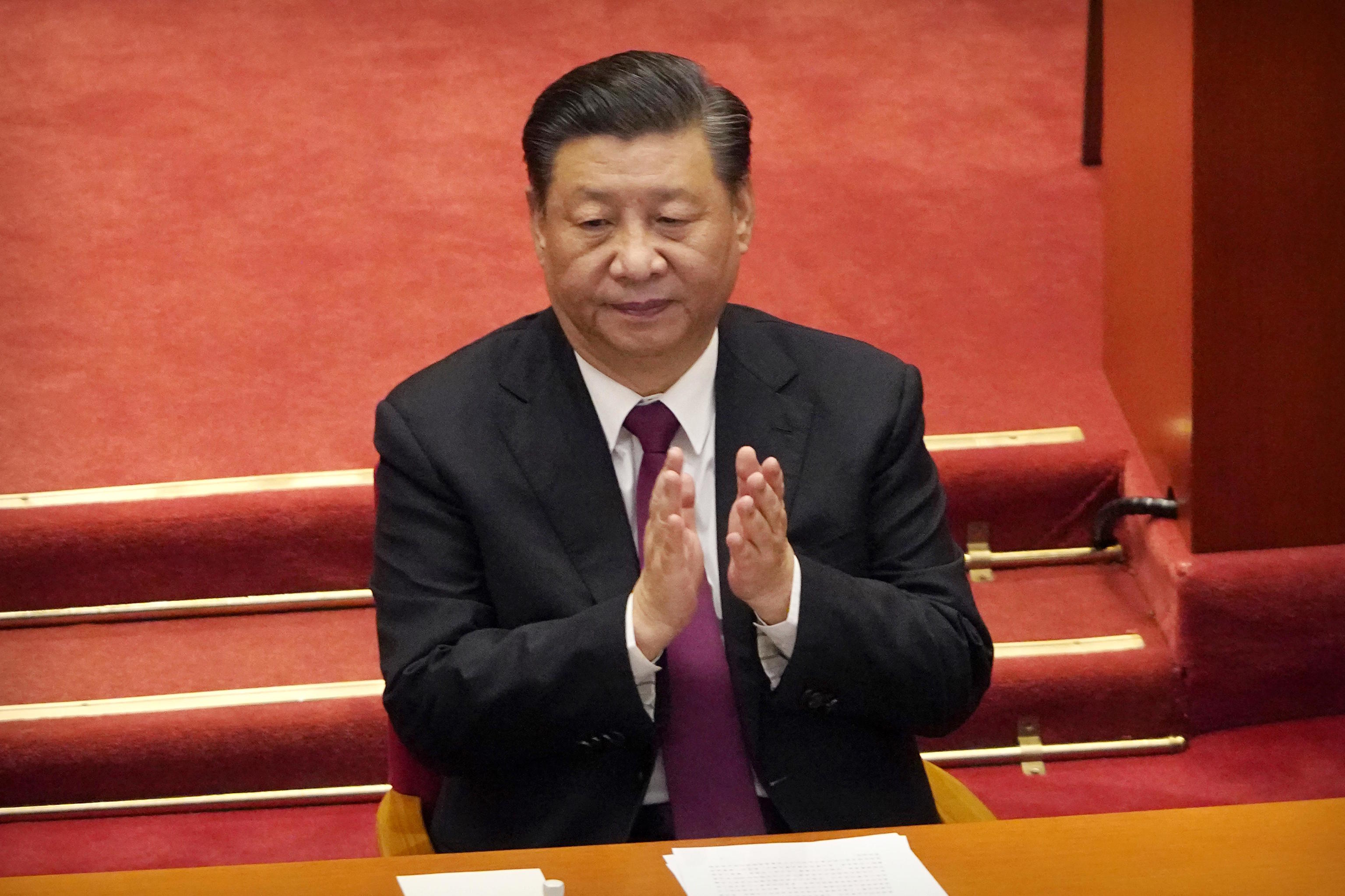China, the largest emitter of greenhouse gases warming the planet, has committed for the first time to establish a emissions reduction target: between 7 and 10% by 2035.
A climate commitment that also includes a significant increase in the next decade in renewable energy capacity, which by then should account for over 30% of the country's total energy consumption.
The president of the Asian superpower, Xi Jinping, announced the new national climate plans on Wednesday through a video message at a summit held during the UN General Assembly, an event organized by the UN Secretary-General, António Guterres, and the President of Brazil, Lula da Silva.
"The ecological and low-carbon transition is the trend of our time. While some countries act against it, the international community must stay focused in the right direction," Xi stated in a message directed at the United States, without directly mentioning the world's second-largest polluter.
China's climate commitment came a day after U.S. President, Donald Trump, stated that climate change was "the greatest hoax ever perpetrated on the world" and referred to the global shift to renewable energy as a "joke" serving Beijing's interests in exporting its technology.
The Asian country is the largest exporter of green energy technology. In addition to leading renewable energy production, it dominates global supply chains, especially in the solar energy sector. "We need greater international cooperation in green technology," Xi stated after announcing that China would increase its solar and wind capacity sixfold by 2035 from 2020 levels.
In 2015, the 195 countries that ratified the Paris climate agreement, from which Trump withdrew shortly after returning to the White House earlier this year, agreed to update their climate targets every five years.
China's targets are crucial because last year it emitted 12.6 billion tons of carbon dioxide from fossil fuel combustion, nearly a third of the global total and three times the amount emitted by the U.S.
Following Xi's climate announcement, experts have noted that the emissions target is lower than expected, raising doubts about whether China can achieve the promise made by the Chinese president five years ago that the country would achieve carbon neutrality by 2060. This means that from that year, the world's second-largest economy will not release additional CO2 into the atmosphere. Carbon neutrality is achieved when the same amount of CO2 is emitted into the atmosphere as is removed through various means.
It is estimated that China would need to cut its emissions by at least 20% between 2025 and 2035 to help keep global temperatures well below 2°C compared to pre-industrial levels, a key goal of the Paris Agreement. To limit warming to 1.5°C, a goal many consider already unattainable, China would need to reduce its emissions by at least 30% by 2035.
Five years ago, Beijing committed to reaching a peak in carbon dioxide emissions by 2030 and reducing the proportion of fossil fuels in its energy consumption, especially coal.
In 2024, coal accounted for approximately 59% of electricity generation in the country. Concerns about energy security in recent years (major droughts disrupting hydroelectric dams and heatwaves increasing air conditioning demand, threatening to overwhelm the vast manufacturing engine in the southern part of the country) have led Chinese authorities to continue approving new coal plant construction projects nationwide.
